Since the beginning of 2025, the Politburo has issued four breakthrough resolutions, which are fundamental institutional pillars, including Resolution No. 57-NQ/TW on science, technology development, innovation and national digital transformation; Resolution No. 59-NQ/TW on international integration in the new situation; Resolution No. 66-NQ/TW on innovation in law making and enforcement; Resolution No. 68-NQ/TW on private economic development. General Secretary To Lam likened these four resolutions to the "Quad Pillars" for the country to take off.
To successfully implement Resolution No. 57, human resources are the decisive factor. In addition to proactively building talent incubation programs, Ho Chi Minh City National University needs to attract young scientists and leading scientists to return to Vietnam, establish a network of connections with global scientists to jointly research, develop and apply science and technology . - Associate Professor, Dr. Vu Hai Quan - Director of Ho Chi Minh City National University
Higher education institutions get involved
According to Prof. Dr. Nguyen Dong Phong - Chairman of the Council of Ho Chi Minh City University of Economics (UEH), immediately after the resolutions were issued, the unit took concrete actions. According to him, to realize these strategic resolutions, higher education institutions need to become "central factors", proactively accompanying the State, businesses, organizations and the community.
From June 2025, UEH launched the Companion Program to implement four strategic resolutions. The program has the participation of faculties, institutes, strong research groups and a network of domestic and foreign experts, with the goal of creating breakthrough initiatives, linking training - research - consulting - transfer.
“UEH is committed to becoming an action-oriented university, a pioneer for the prosperity and sustainable development of the country. We will mobilize maximum resources of lecturers, staff and society to effectively implement the four pillar resolutions,” affirmed Professor Phong.
Ho Chi Minh City University of Economics has researched advanced global university models and chosen to develop UEH City - University Innovation Hub, an open innovation ecosystem, integrating technology and digital transformation.
Dr. Dinh Cong Khai - Deputy Director of UEH said that this model emphasizes three core pillars: Training high-quality human resources, research and knowledge transfer, and policy consulting and criticism. All aim to create practical impacts on the implementation of national policies, especially key areas in the "four pillars".
In the field of training, UEH focuses on building interdisciplinary programs that integrate digital, connecting with the practical requirements of localities and businesses. Diverse courses from short-term to long-term are designed for both the public and private sectors, with key topics such as: Enhancing local competitiveness; Innovation management and digital transformation; ESG (environment, society and governance) and FDI attraction; Modern public administration; Green transformation.
Not only UEH, many other universities have also proactively implemented the resolutions. From the beginning of 2025, Ho Chi Minh City National University proactively coordinated with many localities, organizations, and domestic and foreign enterprises to organize 12 seminars and conferences, contributing to concretizing Resolution No. 57 into practical action programs.
Associate Professor, Dr. Vu Hai Quan - Director of Ho Chi Minh City National University said that the unit always identifies coordination with localities as a key factor to put Resolution No. 57 into practice and bring high efficiency. This University has organized many seminars, working sessions with provinces, cities and businesses in the South and the initial results are very encouraging.
The cooperation between the unit and Ho Chi Minh City is a typical example. After the scientific workshop on implementing Resolution No. 57, Ho Chi Minh City National University proposed many breakthrough policies for the city, including developing Ho Chi Minh City National University Urban Area into a smart urban area, ordering strategic scientific research, supporting teachers' income, and attracting experts and scientists.
With Dong Thap province, Ho Chi Minh City National University and the Provincial Party Committee discussed solutions to implement Resolution No. 57. The two sides agreed on many activities such as popularizing digital education and supporting Dong Thap students studying at this university.
Dr. Tran Quy - Director of the Vietnam Institute for Digital Economic Development, emphasized the important role of universities in realizing the four strategic resolutions of the Politburo. In the context of science, technology and innovation being identified as pillars of growth, Vietnamese higher education institutions need to transform strongly to become centers of knowledge, human resources and creative ecosystems for national sustainable development.
“This is not only a change in perception, but also a fundamental transformation in role. Universities are no longer limited to their traditional role as training institutions, but must become centers of knowledge creation, leading the transformation of growth models and making practical contributions to national sustainable development,” said Dr. Tran Quy.
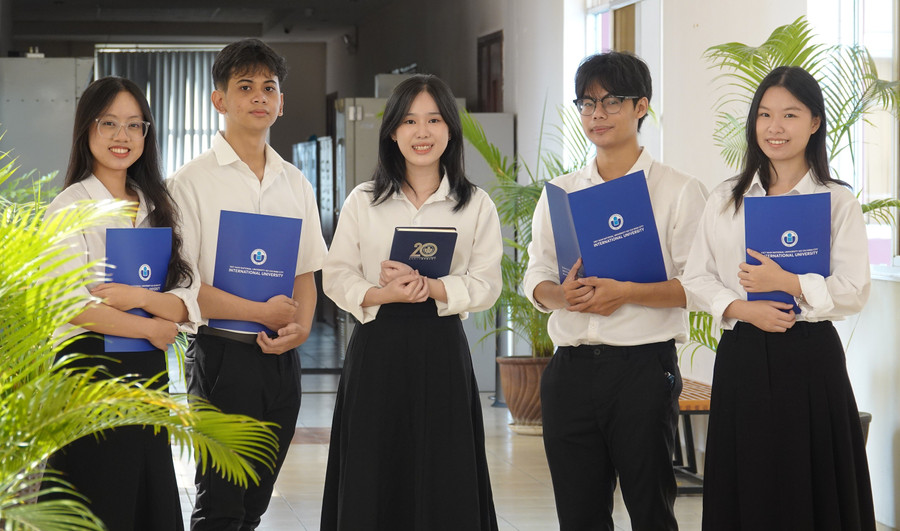
Opportunities and challenges
According to Dr. Tran Quy, Vietnamese universities are facing many systemic challenges. The higher education institution is not flexible enough to adapt to new development requirements. Although the Law on Higher Education has been amended to enhance autonomy, many schools are still bound by the “request-grant” mechanism in areas such as opening new majors, allocating budget, personnel and investing in facilities.
The quality and capacity of lecturers, scientists and managers are still uneven, many schools have not built a strong enough research force to transform knowledge into market-related innovation. The connection between universities, businesses and local authorities is still loose, most research activities are academic in nature, lacking application orientation, leading to low commercialization efficiency and scattered research resources.
However, universities also face unprecedented opportunities. For the first time in history, the role of universities is at the center of national development strategies. The strong growth of the private sector, especially in the fields of technology, finance, education, and health, creates an urgent need for high-quality human resources and strategic research and development (R&D) partners from universities.
Policies from Resolution 57 and Resolution 68 expand the legal, financial and institutional corridors, helping higher education institutions access resources from the State, businesses and internationally more proactively and effectively.
One of the key goals of Resolution 57 is to create an innovation ecosystem with close connections between universities and businesses. According to Dr. Tran Quy, this connection in Vietnam has shown signs of improvement in recent times, but still needs an institutional push to move from spontaneous to a systematic design model.
Previously, the “three-way” cooperation model between the State, schools and businesses was limited by legal and financial barriers and psychological hesitation, as businesses lacked confidence in the application capabilities of universities, and schools did not have a benefit-sharing mechanism attractive enough to attract research investment from outside. However, since 2024, positive changes have emerged.
Dr. Tran Quy cited Resolution 57 with the goal that by 2030, the whole country will have at least 500 enterprises linking innovation with universities, along with the formation of shared applied research centers.
To achieve this, Mr. Quy said, it is necessary to perfect the legal framework for the university-enterprise linkage model, from intellectual property, benefit sharing to tax incentives for businesses ordering research, while promoting private investment in shared laboratories and developing digital platforms and open databases for effective co-creation by all parties.

Key pillars
In order for universities to truly become centers of knowledge creation and strategic human resource supply for the development period up to 2045, Dr. Tran Quy said that it is necessary to build a synchronous policy system based on four pillars. First of all, university autonomy should not only stop at administrative autonomy but also grant strategic autonomy, from opening new training majors such as AI, digital economy, green technology to recruitment, finance and international cooperation, accompanied by a set of indicators to evaluate output instead of input to encourage real results.
Next, innovate the investment and financial mechanism, prioritize increasing the public investment rate for universities, focus on research centers, innovate training programs and develop digital infrastructure, and promote public-private partnership (PPP) in higher education so that businesses can jointly invest in training programs, scholarships and research equipment.
In addition, it is necessary to build a team of high-quality lecturers and scientists through a special mechanism to attract domestic and foreign experts to work long-term at schools, improve remuneration policies and protect academic freedom to stimulate creativity.
Finally, to strengthen regional connectivity in the education model, schools should not exist as “knowledge oases” but need to connect deeply with businesses and local authorities within the framework of a regional innovation ecosystem, in which universities play a central role, businesses are innovation partners and authorities are resource coordinators.
“When empowered by a synchronous policy system, Vietnamese universities will not only be places to train bachelors, but will become policy response centers, where the country's major problems are researched, analyzed and solved with science, innovation and indigenous intellectual power,” Dr. Tran Quy affirmed.
Meanwhile, Ho Chi Minh City National University has identified the “Three-way” cooperation model, with the State - schools and enterprises, as one of the focuses in implementing strategic breakthrough resolutions, especially Resolution 57. Associate Professor, Dr. Vu Hai Quan, Director of Ho Chi Minh City National University, shared that the familiar saying of our ancestors: “One tree cannot make a forest; Three trees together make a high mountain” speaks to the harmonious cooperation between these three pillars. In which, the “high mountain” that we all aim for is the goal of making Vietnam a developed, high-income country by 2045.
In this “three-way” cooperative relationship, the State, in the spirit of Resolution No. 66, plays the role of building institutions and policies to create an optimal development space for businesses and schools.
For schools, Resolution No. 57 emphasized the role of training high-quality human resources from higher education institutions and science and technology organizations. At the same time, Resolution No. 68 also clearly demonstrated the importance of placing training orders, coordinating with universities, and commercializing research products from businesses.
“I believe that tripartite cooperation must be operated based on common principles: Co-design, co-implement, and co-share. When this ‘strategic triangle’ operates effectively, the country will have the opportunity to take shortcuts, get ahead, escape the middle-income trap, and rise strongly,” the Director of Ho Chi Minh City National University shared.
In the UEH City - University Innovation Hub model, Ho Chi Minh City University of Economics focuses on research and knowledge transfer, investing in building innovation spaces, and organizing interdisciplinary academic forums and policy discussions according to the co-creation model. Research focuses include: Macro policies, innovation, local competitiveness, public governance, digital economy, green finance, ESG, international integration, SME development (small and medium enterprises), experimental institutions, etc.
Source: https://giaoducthoidai.vn/dai-hoc-vao-cuoc-kien-tao-tuong-lai-post741583.html







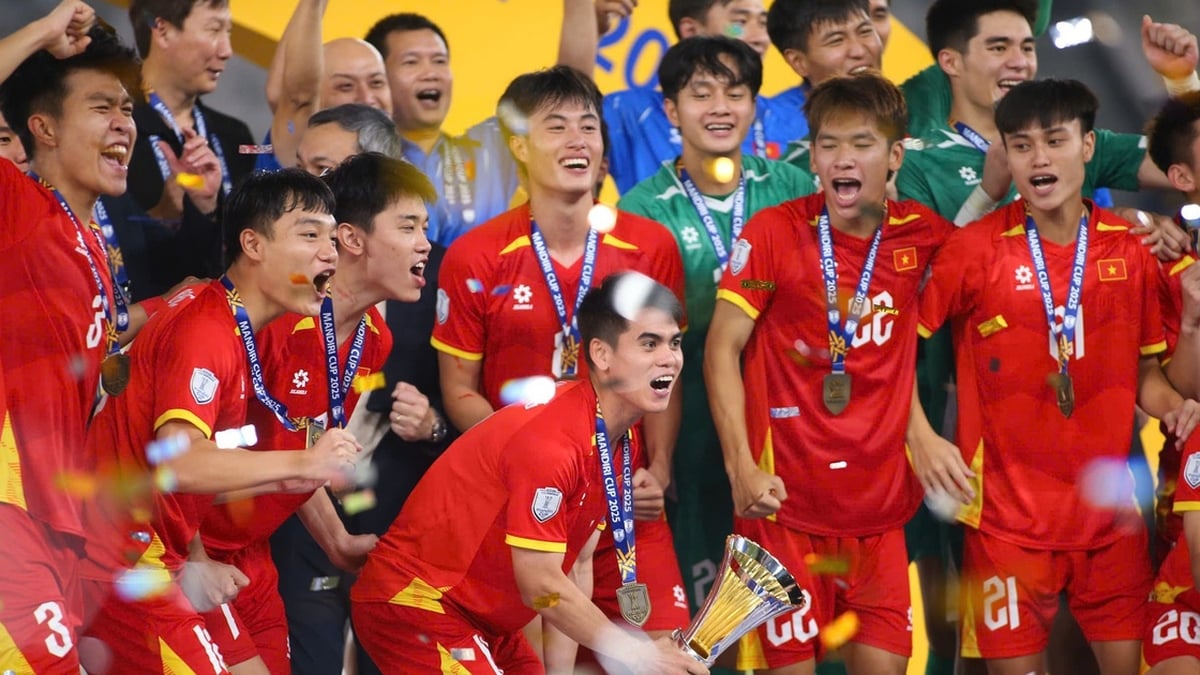
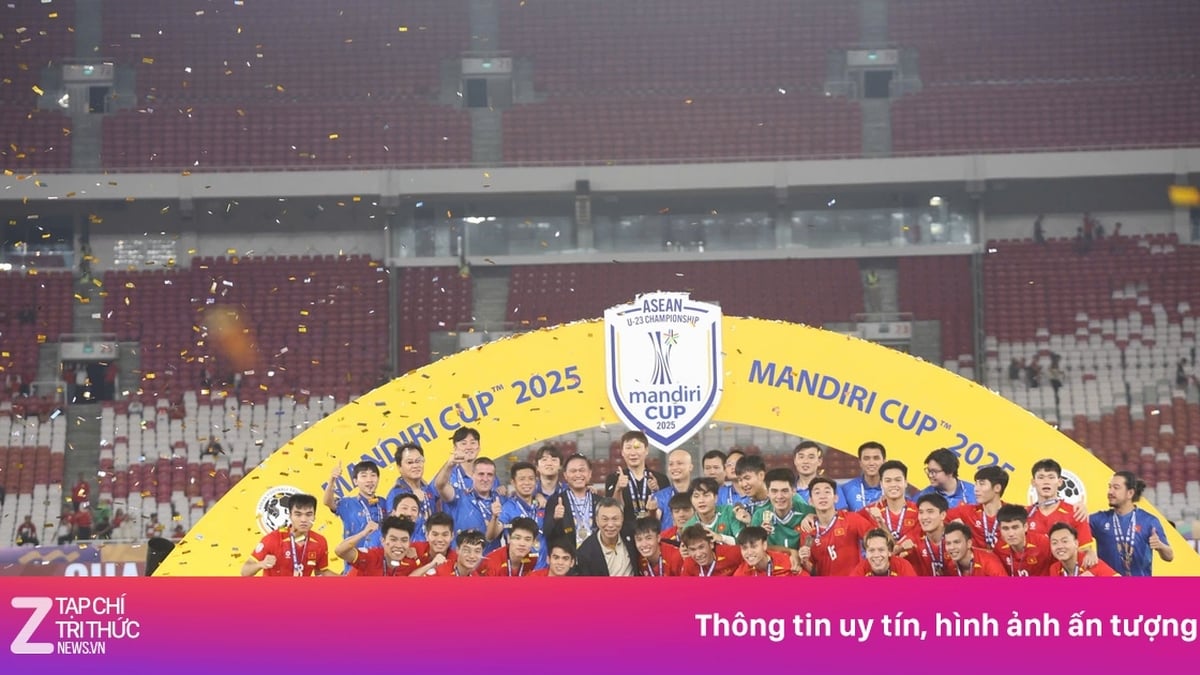
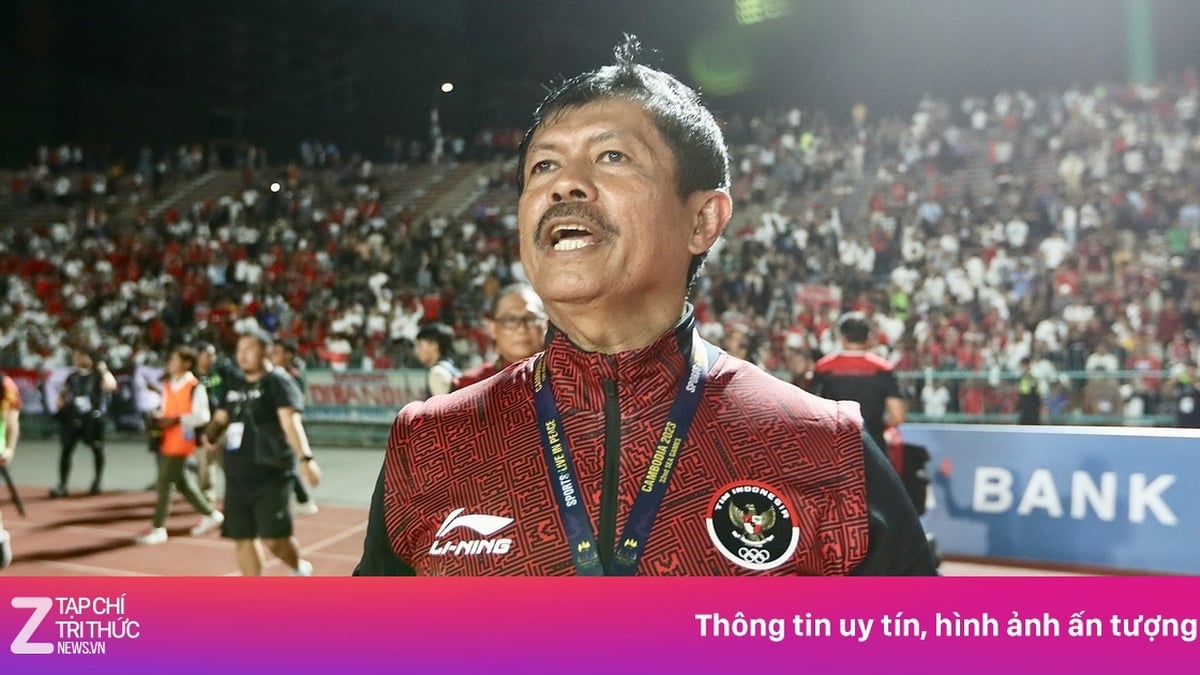
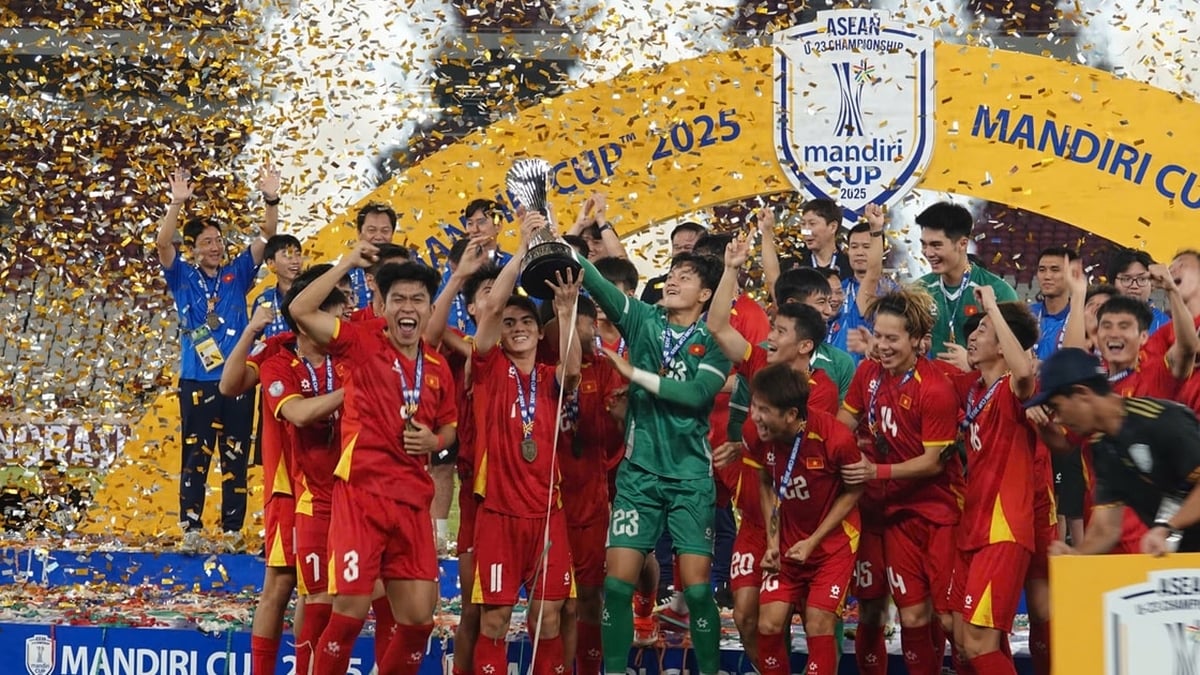

















![[Photo] National Assembly Chairman attends the seminar "Building and operating an international financial center and recommendations for Vietnam"](https://vphoto.vietnam.vn/thumb/1200x675/vietnam/resource/IMAGE/2025/7/28/76393436936e457db31ec84433289f72)
































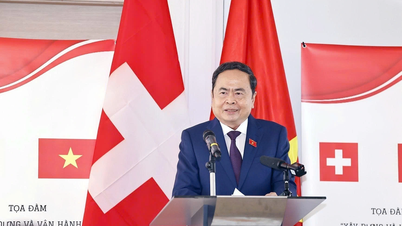






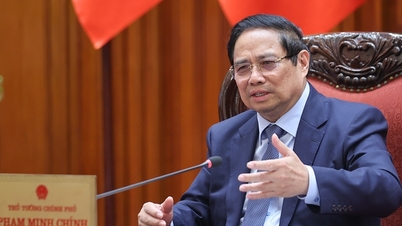




























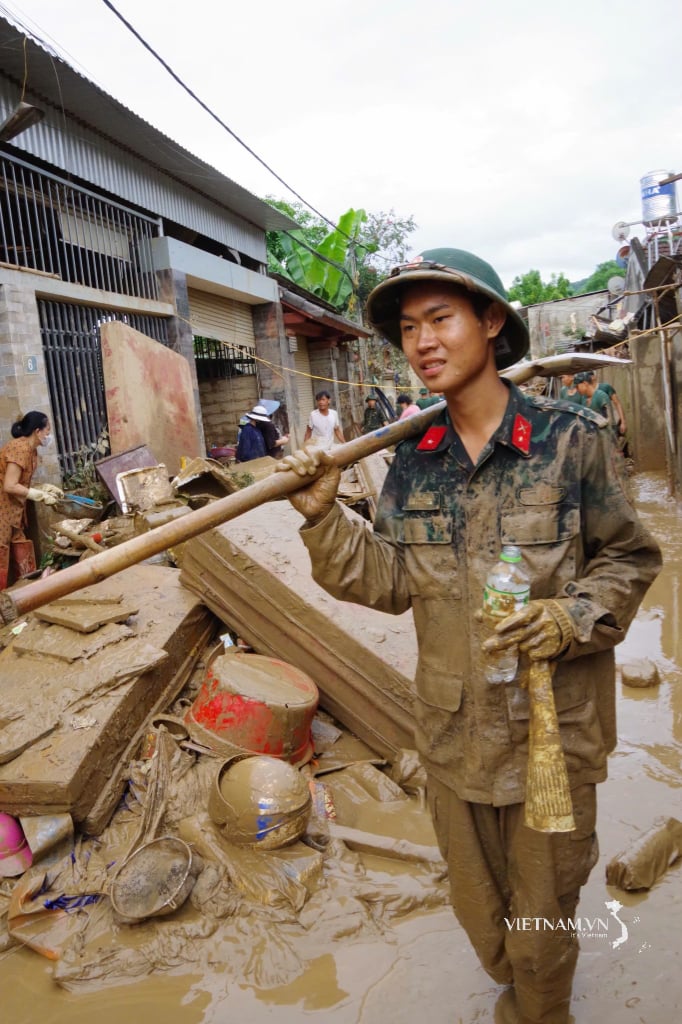

Comment (0)